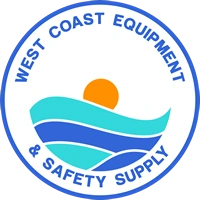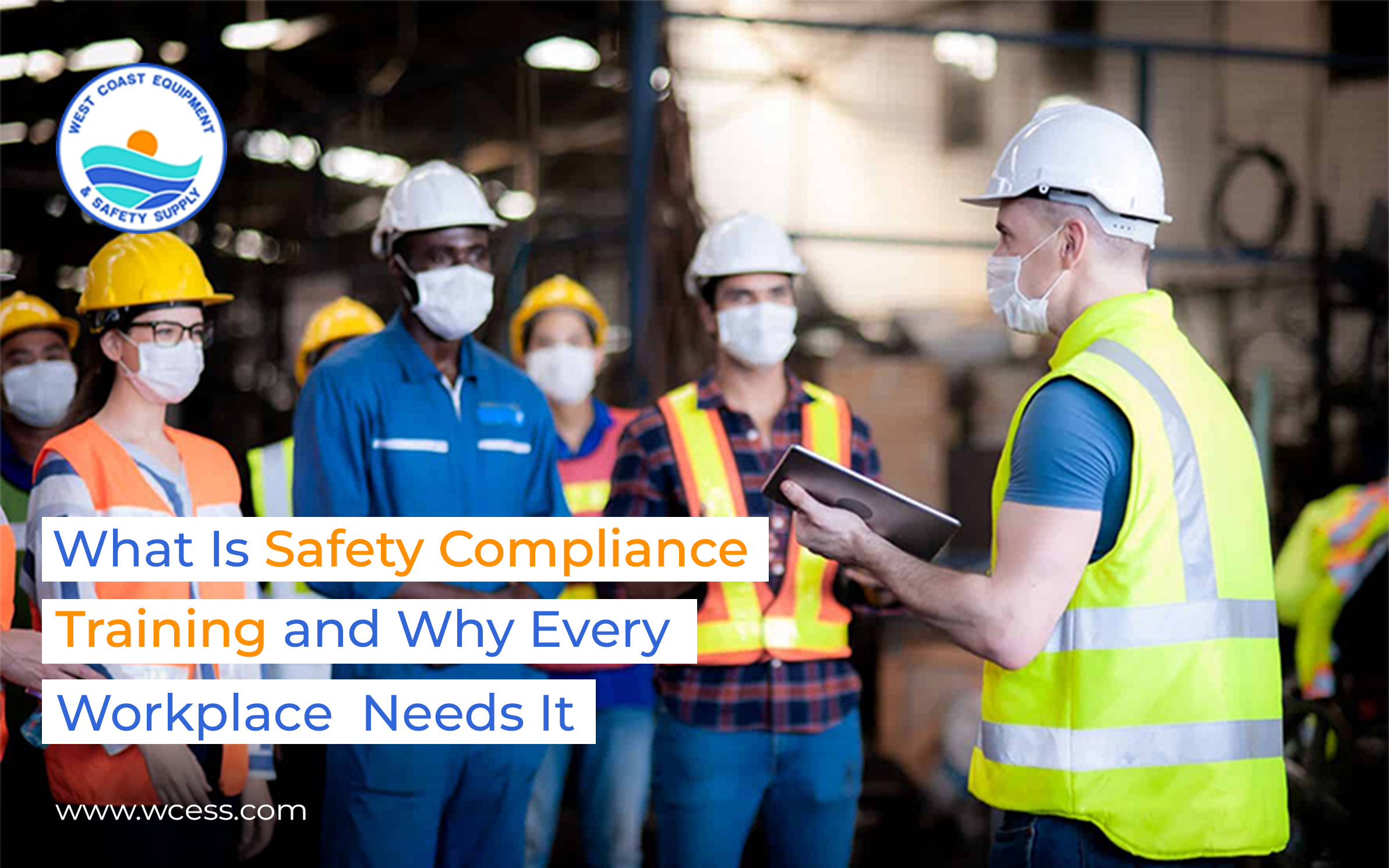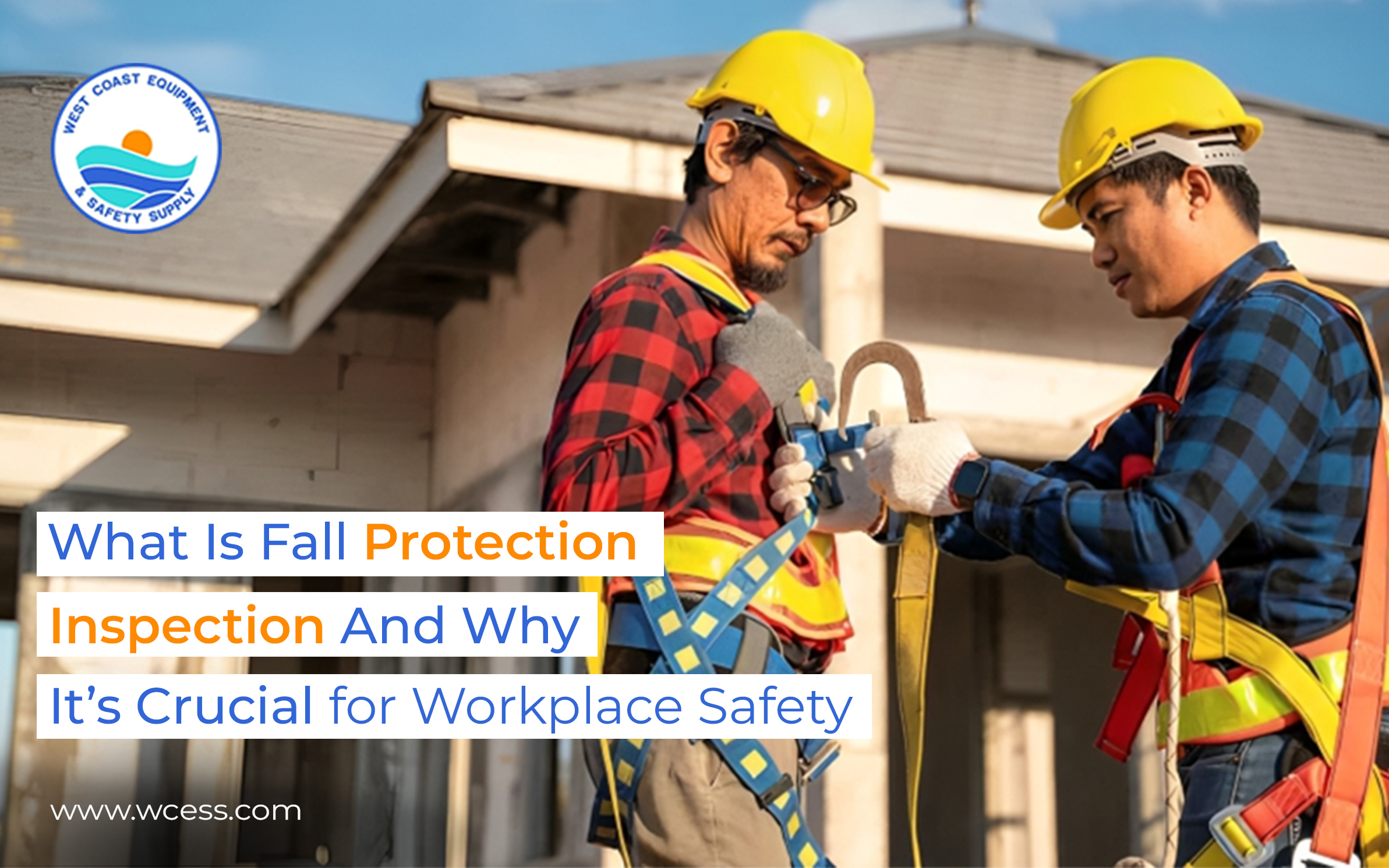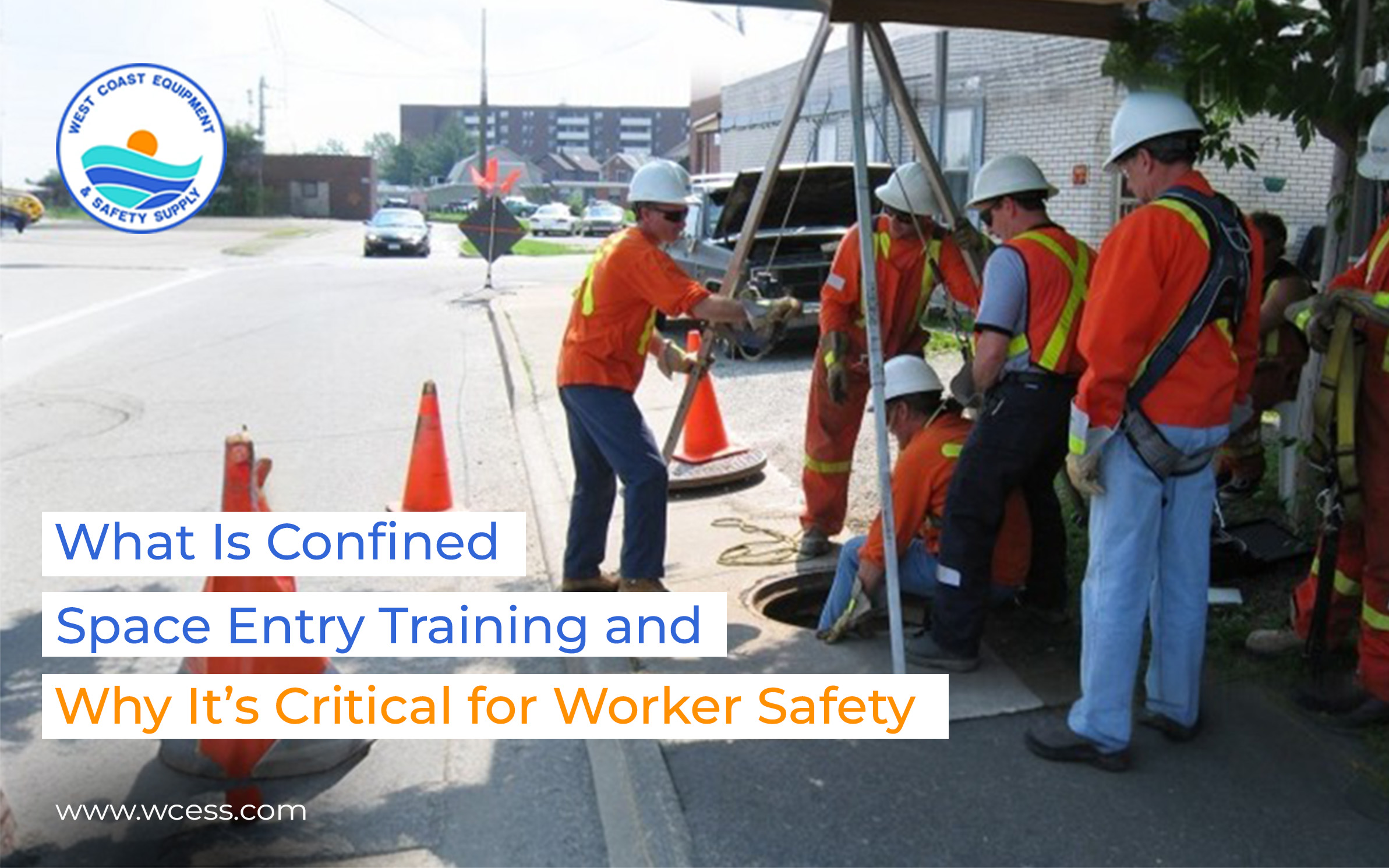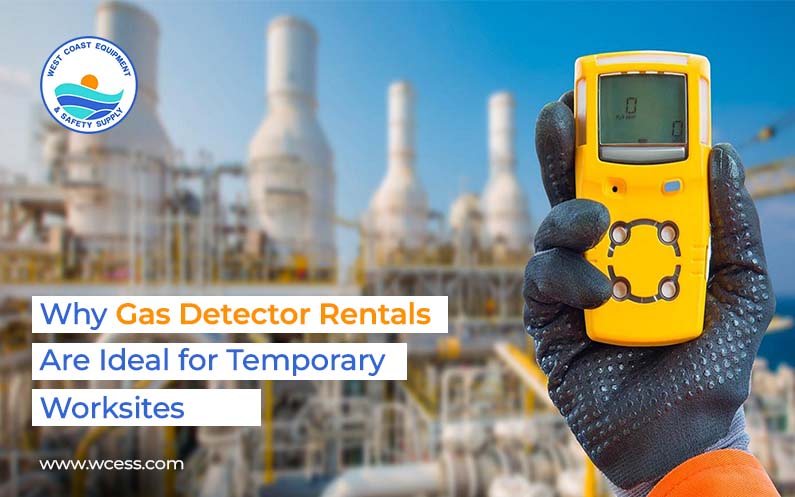Accidents can happen anywhere, anytime. Every year, the lives of nearly three million people are cut short due to workplace-related accidents. Almost 400 million more people suffer from non-fatal injuries, with many incurring disabilities. Most of the time, it’s the obvious things that have led to such devastating outcomes.
Workplace safety training is not just a regulatory requirement; it’s a moral responsibility for business owners. Moreover, industry-specific regulations on workplace safety amplify preparedness for on-site emergencies. Workplace safety is there to protect life. Compliance is a matter of life and death.
The Basics of Workplace Safety Training and Compliance
Acknowledging workplace-related hazards is the first step to embracing safety regulations, policies, and best practices. These hazards not only affect employee well-being but also impact productivity and the long-term financial outlook of the business.
Some of the common workplace accidents include:
- Slips, Trips, and Falls
- Overexertion
- Muscle Strains
- Repetitive Strain Injury (RSI)
- Cuts and Lacerations
- Inhalation Hazards
- Burns
All businesses operating in any jurisdiction in the world have a legal duty to maintain safety standards and guidelines. The consequence of noncompliance is costly: worker injuries and deaths, economic fines, property loss, lost productivity, and potential jail time.
The goal is to ensure everyone understands and appreciates a workplace safety culture. It is important for maintaining a safe working environment.
What Topics Does Safety Training Cover?
Safety compliance training covers a wide range of topics, including:
- Hazard recognition:
It goes over the basics of hazard awareness in the workplace and managing contributing factors.
- Safety protocols:
This chapter covers guidelines, procedures, and standards designed to mitigate risks and protect life.
- Emergency procedures:
Training employees on how to properly react to emergency situations, including familiarizing them with first aid, evacuation plans, safety equipment, and incident reporting protocols.
- Regulatory requirements:
Keeping up with OSHA (Occupational Safety and Health Administration) standards specific to the industry.
Why Is Safety Compliance Training Important?
Promoting Well-Being
The apparent reason for workplace safety training is to save lives. It trains employees to provide immediate assistance in emergencies. Each chapter is designed to instill confidence and willingness to take action before, during, and after an incident.
Workplace safety training emphasizes the importance of preparedness. It drives meaningful changes within an organization by allowing employees to participate in workplace improvement. This inclusive culture fosters wellbeing.
Reducing Accidents
Preventing accidents is a lot easier when everyone knows what to do. Workplace safety training is required to mitigate risk. It helps employees understand common causes of workplace accidents.
Regular training can reveal gaps in emergency preparedness, allowing businesses to address these issues to prevent harm. By proactively addressing safety concerns, employees understand their role in employee well-being.
Regulatory Compliance
No matter the industry, OSHA compliance training is crucial. From risk assessments to promoting a safe environment, regulators enforce policies, procedures, training, and regular audits of safety compliance.
Governmental and industry bodies set workplace safety rules. These policies are based on evidence, research, and standard operating procedure. Some industry-specific regulations may be stricter to correspond with the dangerous work environment.
Cultivating a Safety Culture
Organizational culture change is no easy feat. Safety training allows decision-makers to define their intentions for a safety culture. It highlights the employee’s role in creating a safe working environment by facilitating engagement, motivation, and productivity
Investing in safety training goes beyond complying with regulatory requirements. It offers employees a glimpse into the company’s core values. They are more likely to adopt safe practices and consistently practice these safety values.
Conclusion
The goal of workplace safety training is threefold. First, it helps everyone to recognize the potential hazards and the risks involved. Second, it prepares trainees to act to stop potential hazards. Third, it trains employees to react to danger and prevent further risk.
From training to certification, West Coast Equipment & Safety Supply will help your business protect, comply, and thrive in any work environment. Find a solution that works best for you today!
